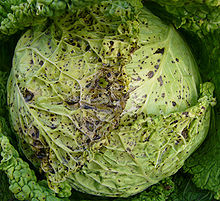| Tymoviridae | |
|---|---|
| Virus classification | |
| (unranked): | Virus |
| Realm: | Riboviria |
| Kingdom: | Orthornavirae |
| Phylum: | Kitrinoviricota |
| Class: | Alsuviricetes |
| Order: | Tymovirales |
| Family: | Tymoviridae |
| Genera | |

Tymoviridae is a family of single-stranded positive sense RNA viruses in the order Tymovirales . Plants serve as natural hosts. The feamily has three genera. [1] [2]